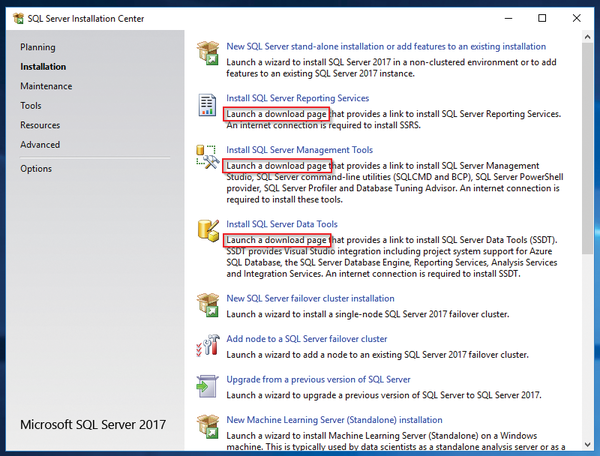

This option can quickly repair missing rows in nonclustered indexes. Step 7: After putting the db in SINGLE USER mode, try to fix the consistency errors using the REPAIR_REBUILD option of DBCC CHECKDB. Step 6: Take a complete backup of the corrupted files to avoid chances of data loss. Step 5: Now, let’s bring the database into the Single User mode and roll back the previous transactions by executing the below command: ALTER DATABASE database_name SET SINGLE_USER WITH ROLLBACK IMMEDIATE Figure 6: Set Database to Single_User Mode

This statement will report any consistency errors (if found) in the database and will recommend running the minimum level of repair option to fix corruption.īefore initiating the repair process, you must first set the database into ‘Single User Mode.’ Doing so will prevent other users from making any changes to the database during the repair process. You can determine if the database is corrupted or not by running the following DBCC CHECKDB command. Step 4: A suspect database might not be corrupted. NOTE: If you cannot set the database in emergency mode, skip to the next solution. Step 3: In the Query editor window, enter the following code to turn off the suspect flag on the database and set it to EMERGENCY: EXEC sp_resetstatus ‘db_name’ ĪLTER DATABASE db_name SET EMERGENCY Figure 4: Set Database in Emergency Mode Step 1: Open SSMS and connect to the database. In sequence given below to recover MS SQL database from suspect mode:

If the backup is not available, proceed with the following steps. NOTE: You can try restoring the database in suspect mode from a good known backup. How to get SQL database out of suspect mode? Database files are being held by the operating system, third-party backup software, etc.SQL cannot complete a rollback or roll forward operation.SQL Server tries to open a database, and the file belonging to that database is already open by anti-virus software installed on your system.SQL server crashes or restarts in the middle of a transaction, resulting in a corrupt or inaccessible transactions log file.System fails to open the device where the data or log file of SQL server resides.When SQL server suspects the primary filegroup of the database to be damaged or if the database file is missing, the database status is set to ‘Suspect’.Īlso, there are a wide range of errors that could result When does SQL database goes to suspect mode?



 0 kommentar(er)
0 kommentar(er)
